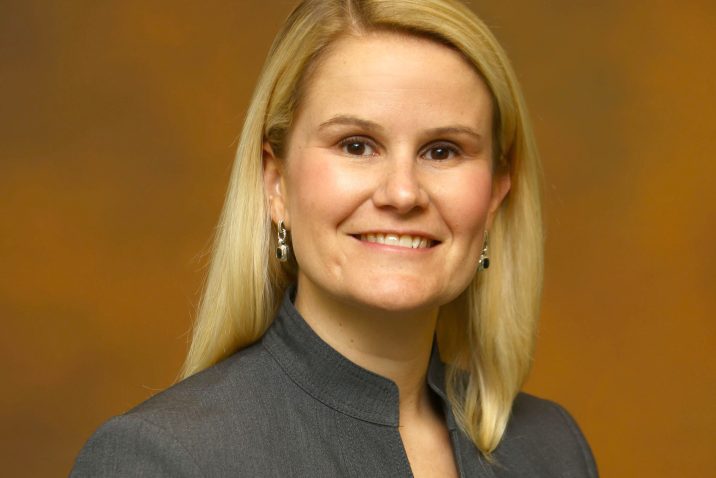For the most part, COVID-19 is in the rearview mirror for the businesses, restaurants and workplaces it played havoc with for the better part of two years.
As Americans pivot back to “normal,” there are a few things the pandemic may have changed for good. How we work and the dynamics of the traditional American workplace are likely among those permanent changes.
For some Americans, work may shift from home back to the traditional workplace, but experts say that is dependent on industry, job roles and location. Meanwhile, some employers are realizing the benefits and efficiencies of working from home with less rigid 9-5, Monday-to-Friday schedules. Employees are working more, costing less and still delivering.
This new workplace is a topic that is top of mind. Work-life integration is quickly becoming part of policy and procedure for employers as it remains a priority for employees.
“Some employers simply don’t have a choice,” said Melissa Furman, a leading management consultant and lecturer in the James M. Hull College of Business at Augusta University. “If they are not recognizing the needs of their employees, they are going to have a hard time recruiting and retaining employees. ‘Work-life balance’ is a dated term that is recognized by the older generations. The younger generations are seeking ‘work-life integration’ and in some cases view their jobs as ‘side hustles’ to support their career of ‘life.'”
There are a lot of questions to consider when it comes to how America adapts to the new working environment.
“There are many different mindsets present in the workplace and employers need to better understand the needs and preferences of their employees, and one size does not fit all,” adds Furman. “This environment has created some new, unique challenges for organizational leaders.”
 Augusta University
Augusta University




